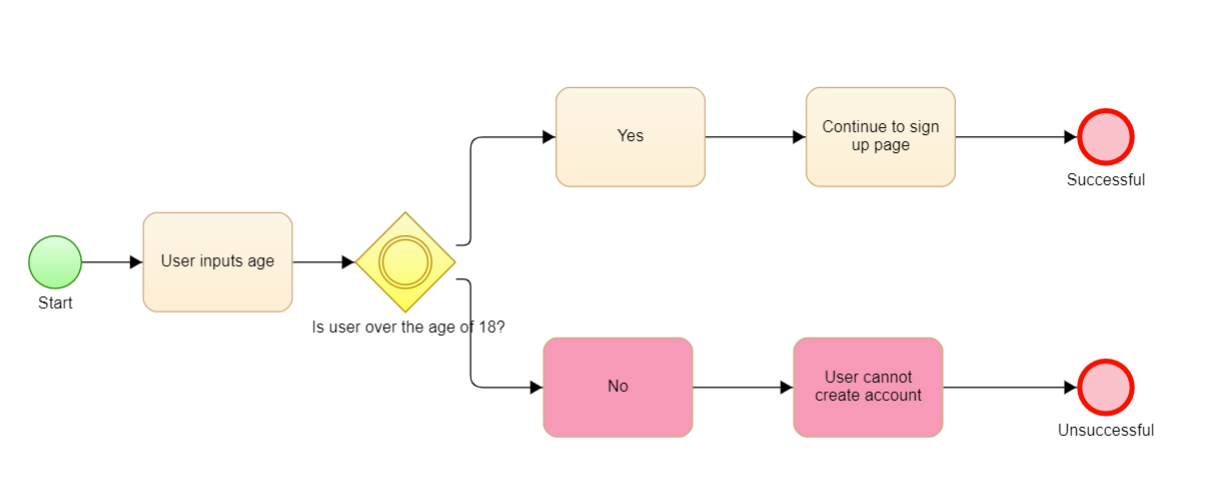Learn how Living Documentation is part of an adaptable SDLC in our Art of Modelling series:
What is Living Documentation?
Models that capture all the required business logic become multipurpose assets that help to drive better standards throughout the SDLC. They become a central truth of logic for sprint teams, and a visual knowledge base for business logic, application logic, and data rules. Test artifacts are generated automatically from the model, including test cases for testers, user stories for developers, and test data for SDETs.
How does Living Documentation benefit an organization?
The key to utilizing this approach is to maintain the model as a central asset. Once a change occurs, simply map the change within the model, and regenerate test assets. This enables your teams to react significantly faster to changes, where previously, the maintenance of test assets was more of a manual process.
Example - A New Requirement is Added
This change needs to be communicated to developers and testers in order to properly implement this new requirement.
Nina’s team has been using Quality Modeller to generate user stories and test cases. She goes to the model that she created for the initial requirements, and adds in her change.

She changes the colour of the task blocks she added to make it more noticeable for everyone, and then exports her new User Stories for the developers to work from.
How does her change impact the rest of her team?
- The developers see the new user story, and know that this new requirement must be built into their software. They finish their work, and let the testers know they can begin.
- The testers create automation for the new feature using the UI scanner, and the test data team knows they need to incorporate an age data set. They import all their assets into Quality Modeller, then they generate a new set of test cases to execute.
- The documentation team sees the change in the model, and know that this information needs to be added to their public knowledge base.
- The product owner and any stakeholders can review the model and see that the change in business logic has been implemented.
Key Takeaways
- Models become a visual knowledge base for application logic.
- By using models as a central asset, you can quickly generate user stories, test cases, and test data.
- Models are ideal for incorporating change, and with Quality Modeller, you can regenerate all your test assets with just one click.